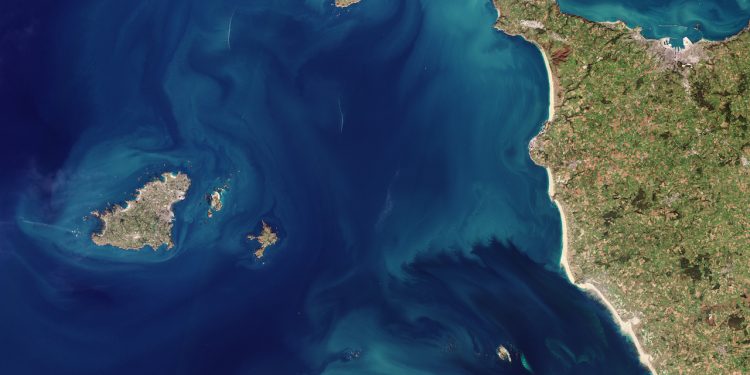Guernsey has issued fishing licences to 40 qualifying EU vessels under the UK-EU Trade and Cooperation Agreement.
The licences issued are all in respect of French vessels registered in either Normandy or Brittany. These licences will enable those 40 vessels to continue to fish in Bailiwick waters under the new TCA licensing regime from 1st February 2022.
‘In issuing TCA licences to qualifying EU vessels, we have reached a significant milestone in our licensing roadmap announced back in September. The Bailiwick is starting to exercise the new powers and control over our territorial waters as provided by the TCA, which we were not able to exercise in the same way when the UK was a member of the EU,’ said Deputy Jonathan Le Tocq, the Policy & Resources Committee lead for external relations.
‘We are now keen to progress discussions on “extent and nature” and replacement vessels at the earliest opportunity. We value our good relationships with Normandy, Brittany and La Manche, and I hope that today’s announcement provides welcome certainty and stability in this new era of the TCA. We look forward to continuing to work with our regional partners on other important projects of mutual interest, not least the survey for a possible direct electricity connection between Guernsey and France.’
All vessels listed on the interim authorisation will continue to be able to fish under the current interim arrangements until these expire, on 31st January 2022. After this, only those vessels that have been issued with a licence under the new TCA licensing regime will be able to access Bailiwick waters. This will provide a two-month window for vessel owners to review their licences and raise any queries before they take effect.
Licences in respect of applications from a further three vessels will be issued in due course. These will be licences for vessels that replace three qualifying vessels which have left the French fleet since the end of the three-year reference period referred to in Article 502 of the TCA (1st February 2017 – 31st January 2020) and for which replacement vessels have yet to be confirmed.
The 43 qualifying vessels were identified as such after analysis of a list of 58 applicant vessels submitted by the European Commission together with positional and catch data. A key criterion for qualifying vessels in the TCA is that they fished in the relevant waters on more than ten days in any of the three 12-month periods ending on 31st January in the reference period. For the 15 applicant vessels that were not identified as qualifying vessels, consideration will be given to any additional data that may be provided in due course.
The relevant waters that French vessels will be able to access under the terms of their TCA licence consist of the 6-12 nautical mile belt, which is made up of the area formerly covered by the London Fisheries Convention (LFC) and the Sark Box.
Further technical discussions will be needed with the EU in terms of the “extent and nature” of qualifying vessels’ fishing activity during the reference period, including what types of vessels will be accepted as replacement vessels.
‘It is important that we maintain a stable and predictable economic relationship for the fishing industry in and around the Bailiwick,’ commented Deputy Neil Inder, President of the Committee for Economic Development.
‘While some technical discussions are still ongoing between the UK and the EU, the Committee was keen to implement licensing in accordance with the TCA as soon as possible. At the same time, by allowing a 2-month period between the issue of the licences and these taking effect on 1 February 2022 – during which the existing interim arrangements will remain – we are providing fishermen with plenty of time to prepare and adjust. Licensees will be expected to report all catch arising from Bailiwick waters. This is important, as it will allow us to monitor access under the TCA. We now look forward to working with our neighbours on resuming access to the port of Diélette, so that Bailiwick fishermen can once again land their catch safely there, at the earliest possible opportunity.’
Image: Copernicus Sentinel-2, ESA









